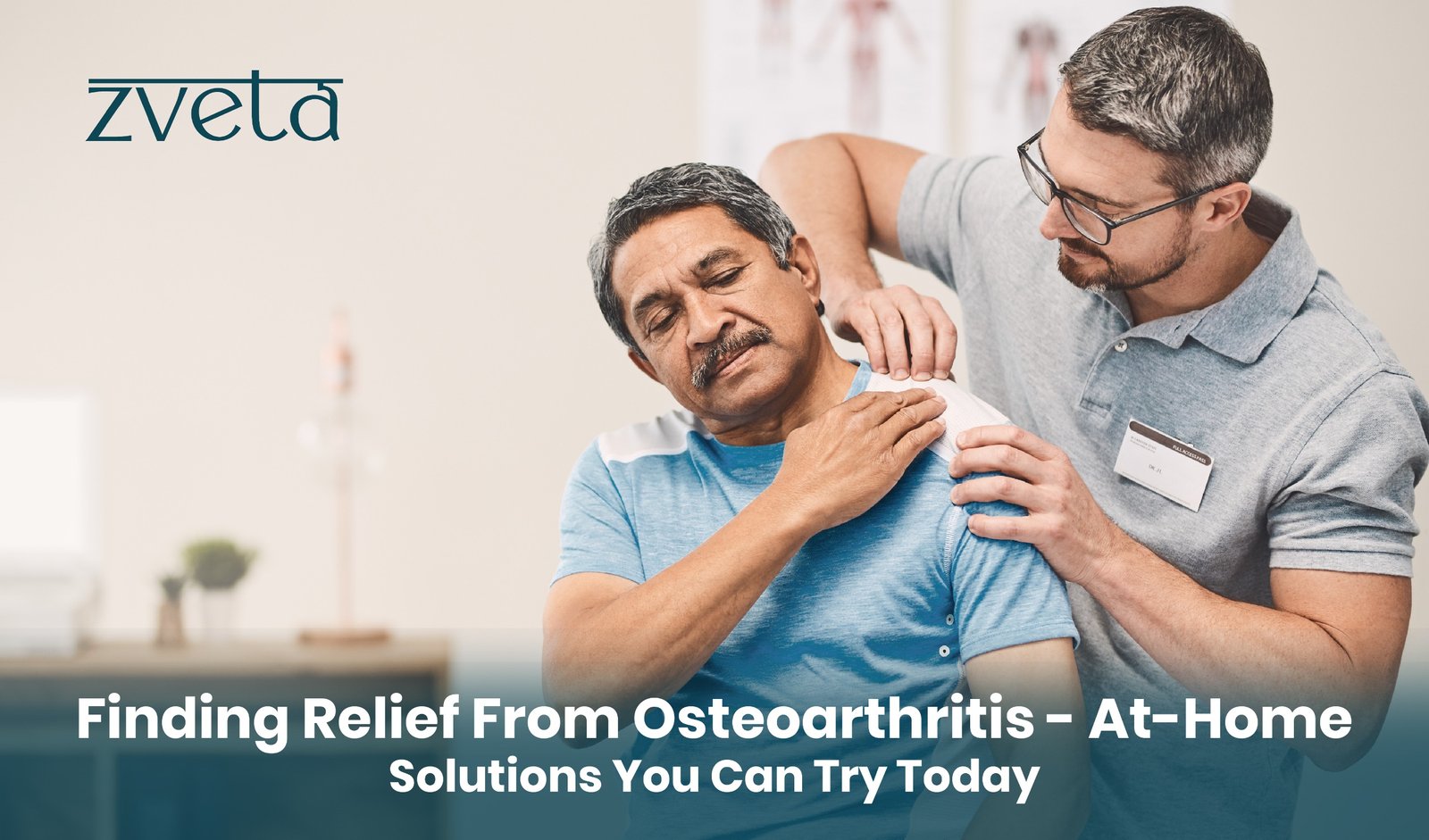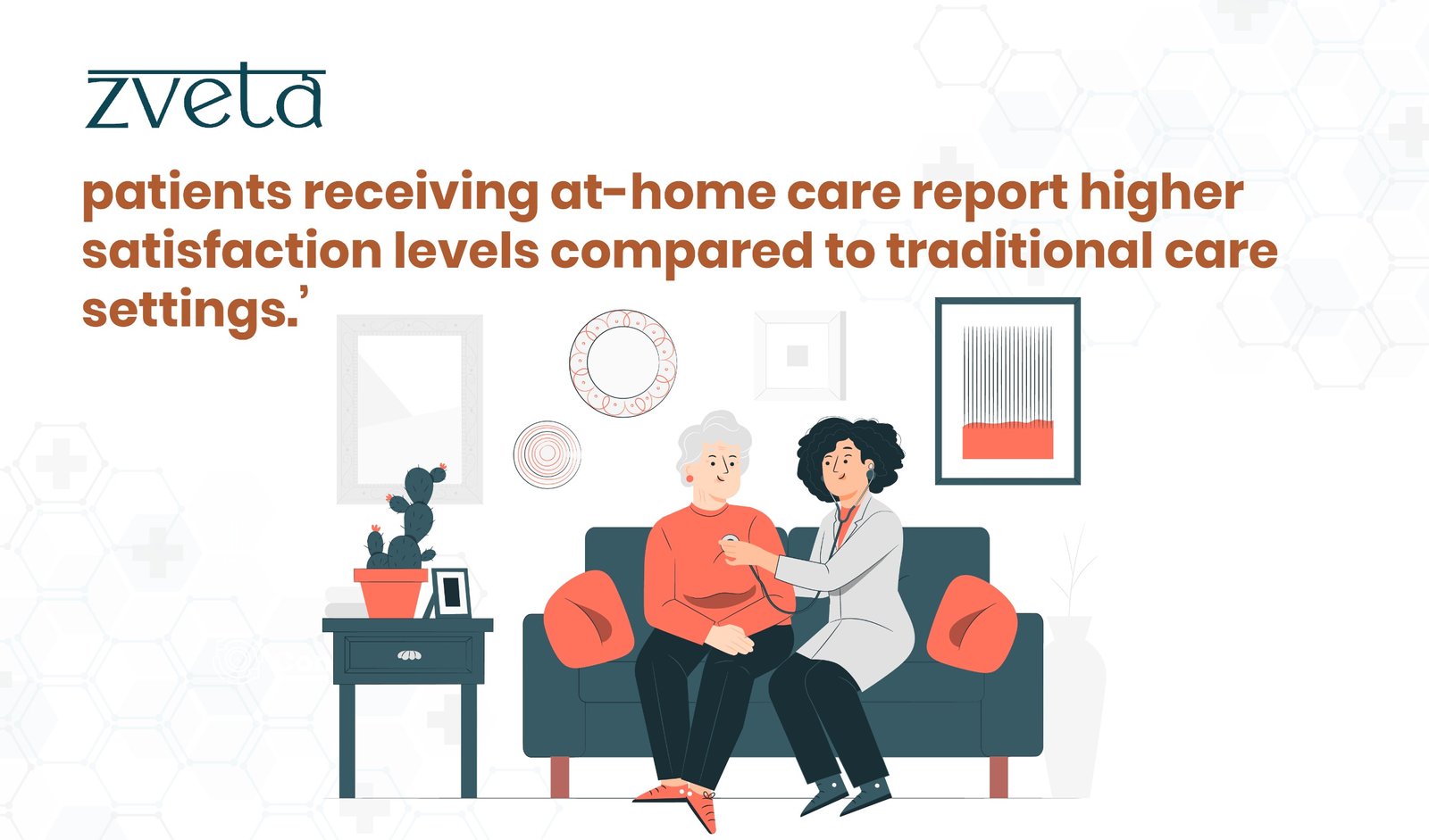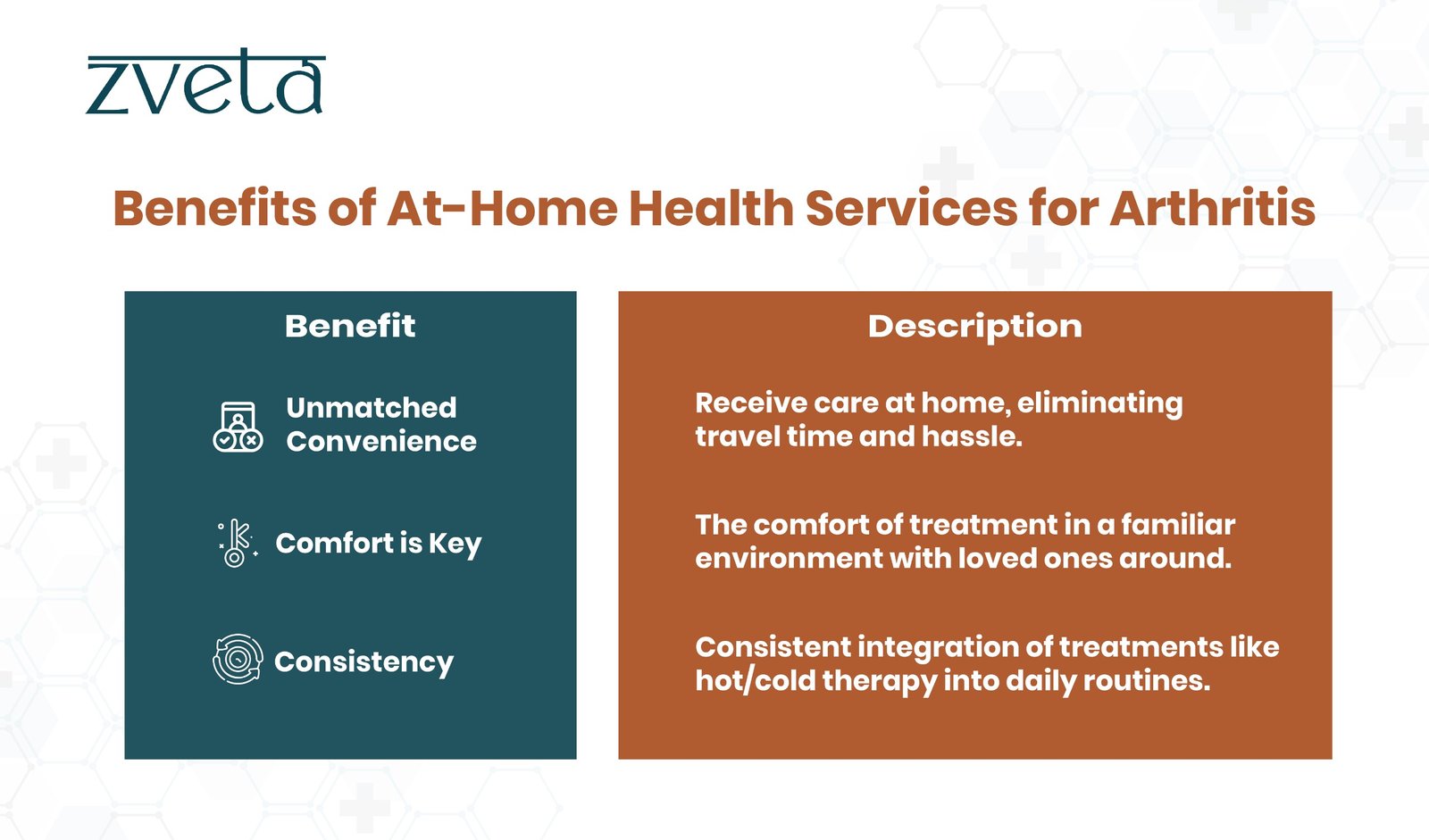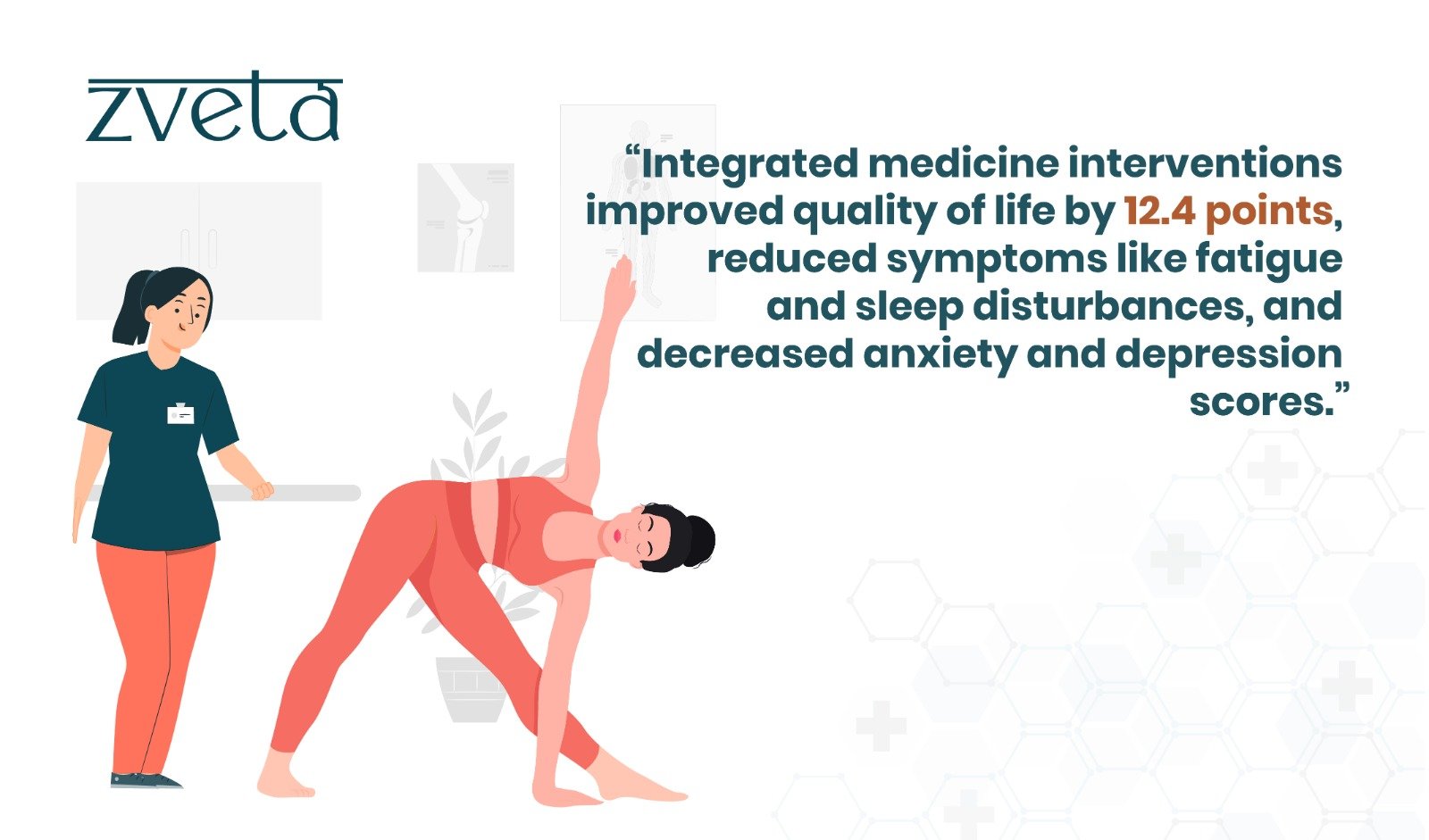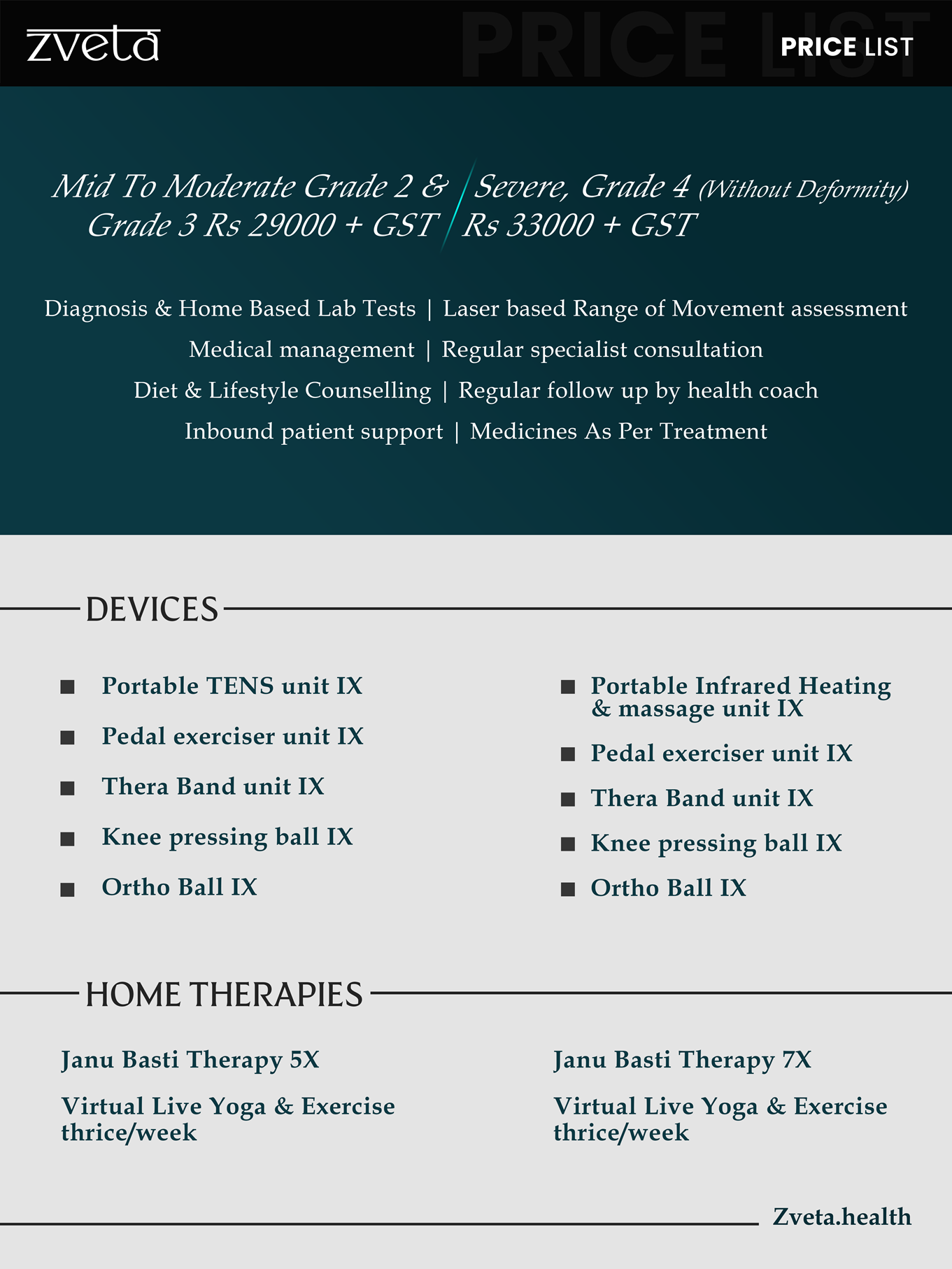Finding Relief From Osteoarthritis – At-Home Solutions You Can Try Today
Osteoarthritis, commonly abbreviated as OA, is the most prevalent form of arthritis. It occurs when the cartilage that cushions your joints wears down, leading to the characteristic symptoms of OA like pain, stiffness, and reduced mobility in the joints.
While many patients use painkillers to address OA symptoms, it doesn’t always provide complete relief and can come with unwanted side effects. As a result, there’s growing interest in non-pharmacological approaches for managing OA.
The good news is that many effective strategies exist to treat OA from the comfort of your home! This blog will explore various at-home solutions you can try today to find relief from your osteoarthritis symptoms and regain control of your daily life.
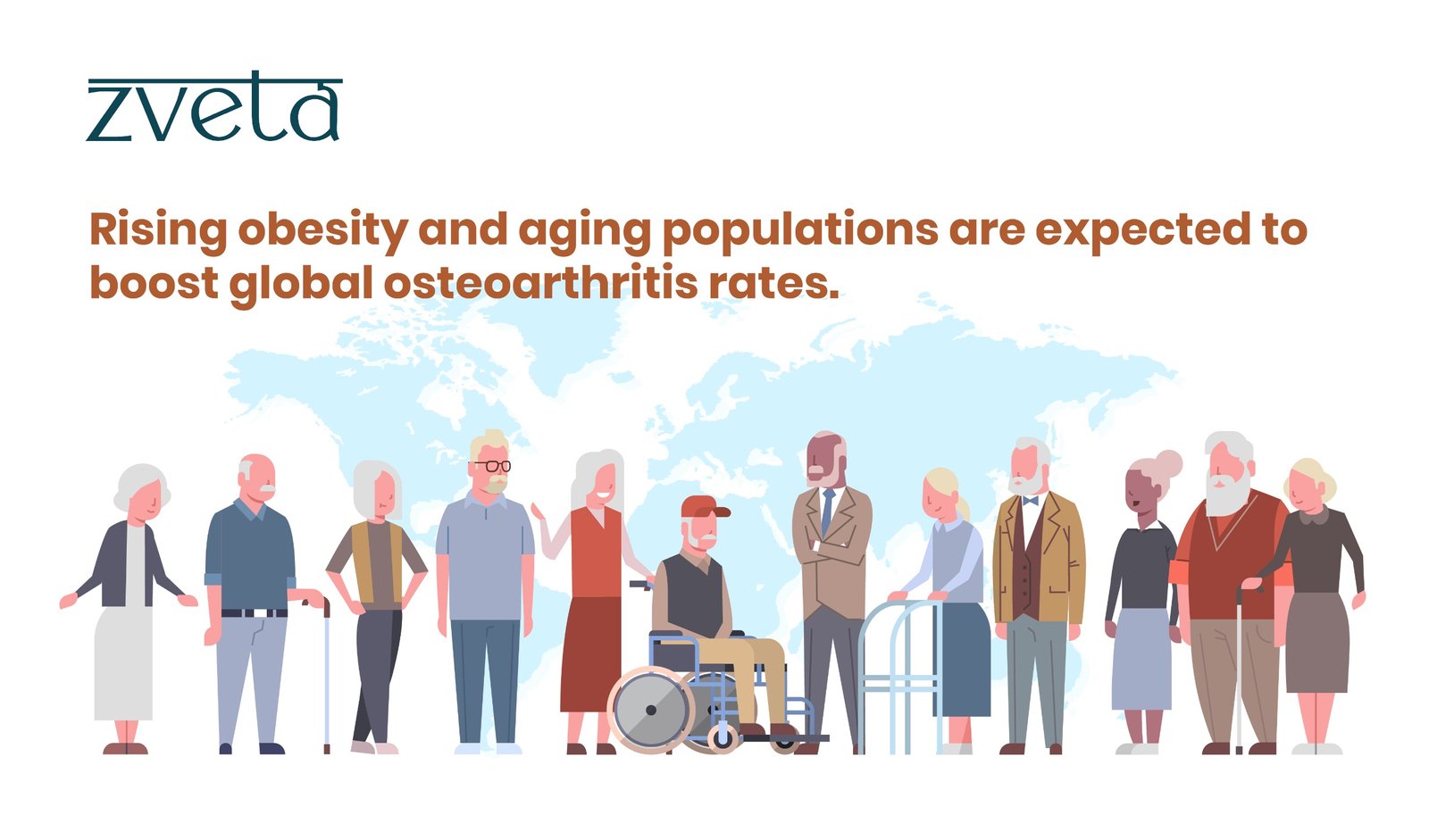
Understanding Osteoarthritis – Causes and Symptoms
Osteoarthritis (OA) is more than a simple wear-and-tear issue; it’s a breakdown of the smooth cartilage that acts as a shock absorber in our joints. When it breaks down, due to age, overuse, injuries, or even genetics, the bones essentially start rubbing against each other, causing a chain reaction of pain and discomfort. The most common symptoms of OA are:
Joint Pain: A dull ache or a sharp pain, often worse with activity and improving with rest.
Stiffness: Joints may feel stiff, particularly in the mornings or after periods of inactivity.
Reduced Mobility: The range of motion in affected joints becomes limited, making it difficult to perform everyday tasks.
Swelling: Some joints may appear swollen due to inflammation caused by the breakdown of cartilage.
Grating or Clicking: You might hear a grating or clicking sensation when you move the affected joint.
The pain and stiffness caused by OA can significantly restrict your ability to perform everyday activities. Simple tasks like climbing stairs, getting dressed, bending down to pick something up, or even holding objects can become challenging and painful.
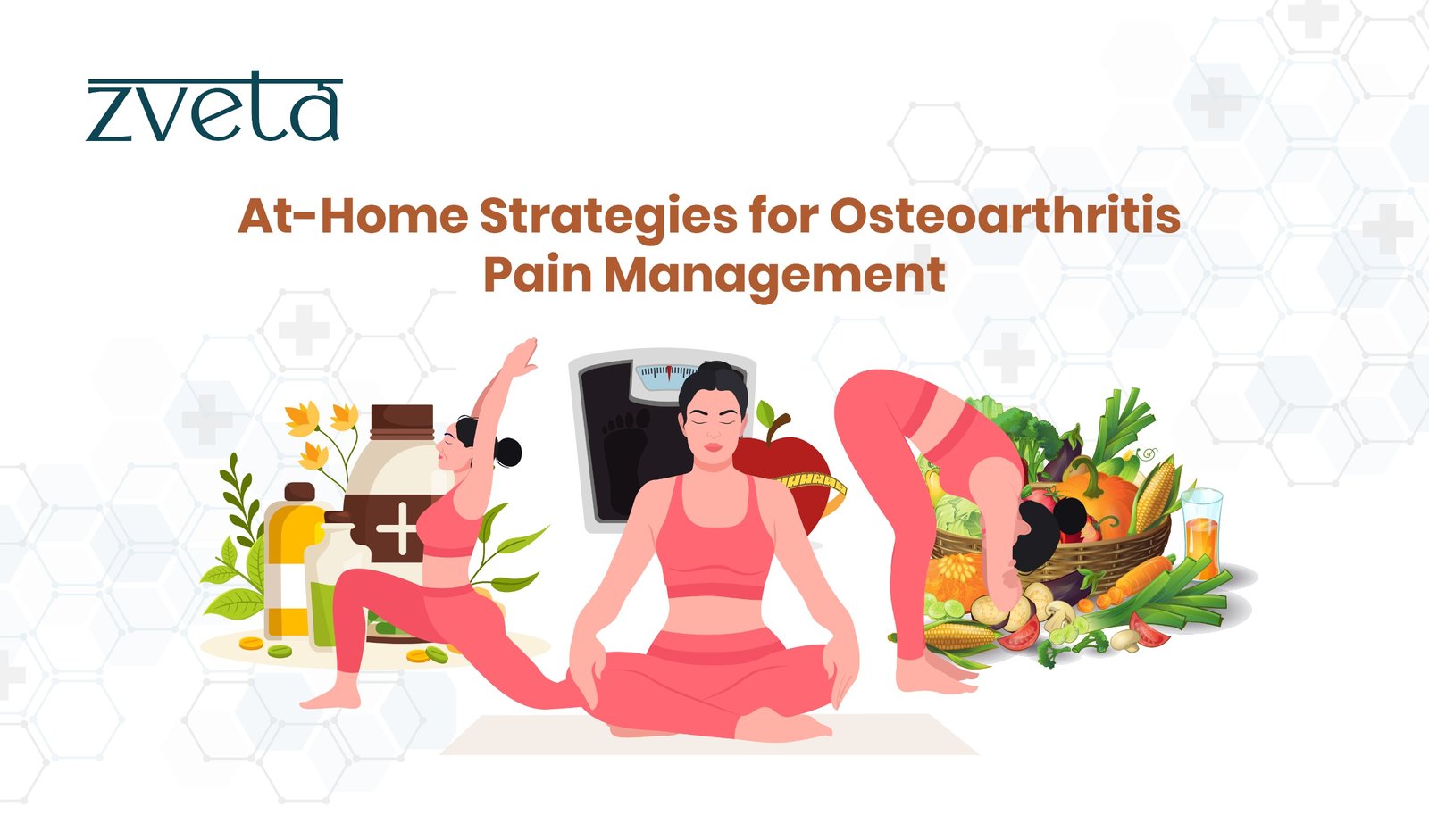
At-Home Solutions for Osteoarthritis Pain Management
Maintaining a Healthy Weight
Excess weight causes a host of problems. It puts extra stress on your joints, especially weight- bearing ones like knees and hips. Losing even a few pounds can significantly reduce joint strain and reduce OA pain.
Regular Exercise and Physical Therapy
Exercise might seem counterintuitive when you’re in pain, but it’s one of the best things you can do for OA. Low-impact exercises like walking, swimming, or yoga can help:
● Strengthen muscles that support your joints.
● Improve flexibility and range of motion.
● Reduce stiffness and pain.
Qualified physical therapists from Zveta can help create a personalized exercise program specifically customized to your needs and limitations.
Hot and Cold Therapy
Both hot and cold therapy can be effective in managing OA pain and inflammation.
Heat: Applying a warm compress or taking a warm bath can help relax stiff muscles and ease pain before you start activities.
Cold: Applying an ice pack or using a cold compress can help reduce inflammation and pain, particularly after exercise or periods of activity.
Note: Always wrap ice packs in a towel to avoid skin irritation.
Personalized Ayurvedic Formulations
Ayurvedic formulations can help manage osteoarthritis symptoms. These formulations are typically customized based on your individual needs and constitution. You can consult with a qualified Ayurvedic practitioner at Zveta to determine if this approach is right for you and to receive personalized recommendations.
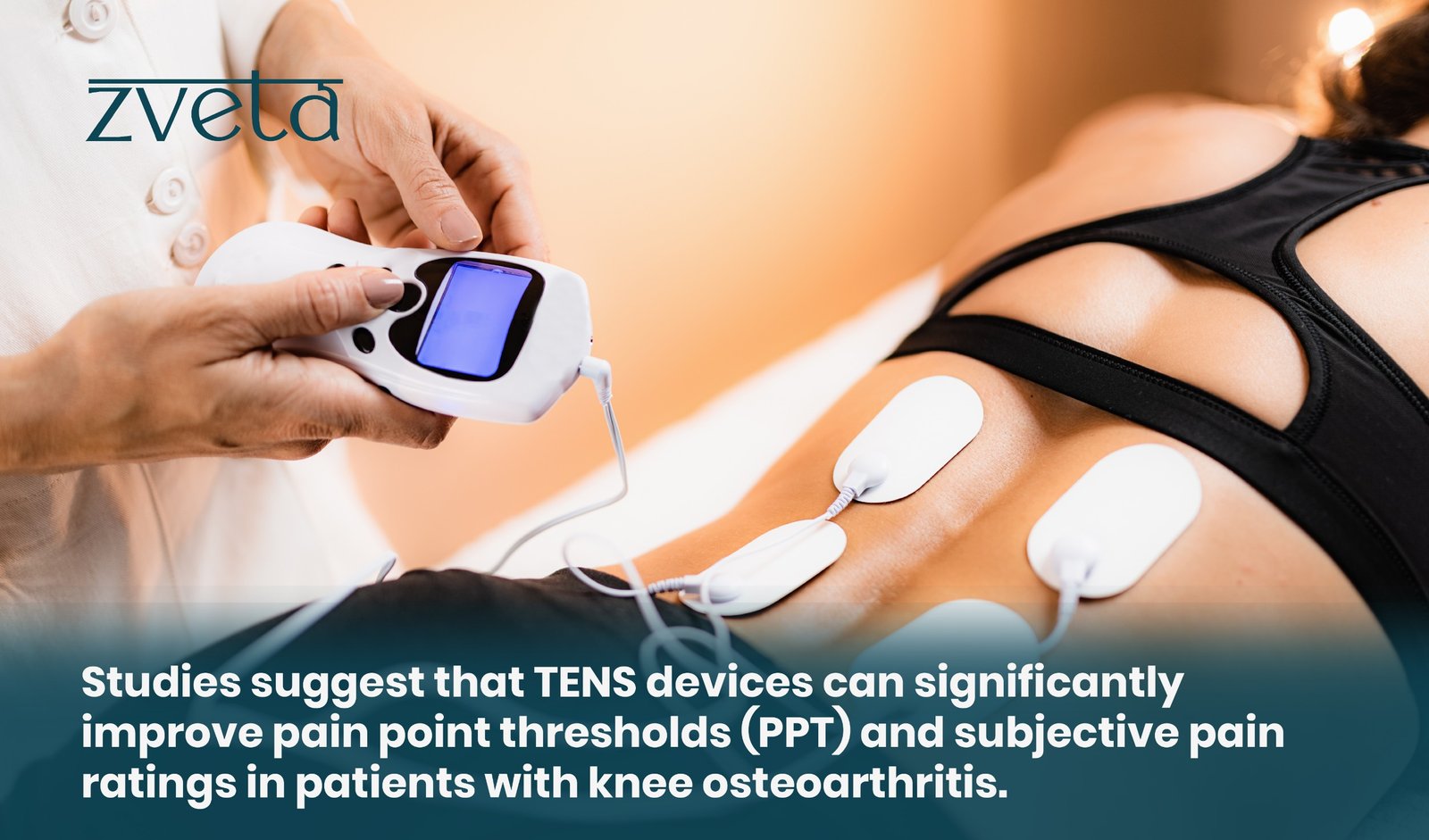
TENS Devices and Infrared Therapy
TENS (transcutaneous electrical nerve stimulation) units are gaining popularity for osteoarthritis pain management at home. They work by delivering tiny electrical pulses through electrodes placed on your skin near the affected joint. These pulses work by blocking pain signals and stimulating endorphin release.
Infrared therapy devices on the other hand use invisible light waves to penetrate deep into your tissues. While the research is ongoing, these devices help in increasing blood circulation and reduced pain perception.
Assistive Devices
Other than the strategies already discussed, consider incorporating assistive devices into your at-home routine:
● Canes and walkers
● Joint braces and supports
● Ergonomic tools like raised toilet seats, grab bars, or easy-grip utensils.
These tools can help reduce joint strain and improve your mobility, allowing you to perform everyday tasks with greater ease.
Create a Personalized At-Home Osteoarthritis Management Plan with Zveta
Zveta is an innovative healthcare platform that focuses on providing convenient and accessible care for all. We use an evidence-based integrated medicine approach to provide a personalized care plan for people struggling with osteoarthritis. Here’s why you should choose Zveta as your osteoarthritis care provider:
We listen: We take the time to understand your unique needs, limitations, and goals through a thorough consultation and understanding of your medical history.
And develop a roadmap to better health: Work collaboratively with you to develop a customized plan that integrates evidence-based medicine with complementary therapies like heat/cold therapy and natural supplements.
While providing ongoing support: Your journey with Zveta doesn’t end with a plan. We offer regular check-ins, access to educational resources, and support groups to ensure you stay on track and achieve your health goals.
Get in touch with us and schedule a consultation today! Let’s create a personalized at-home osteoarthritis management plan that gets you back to doing the things you love.

